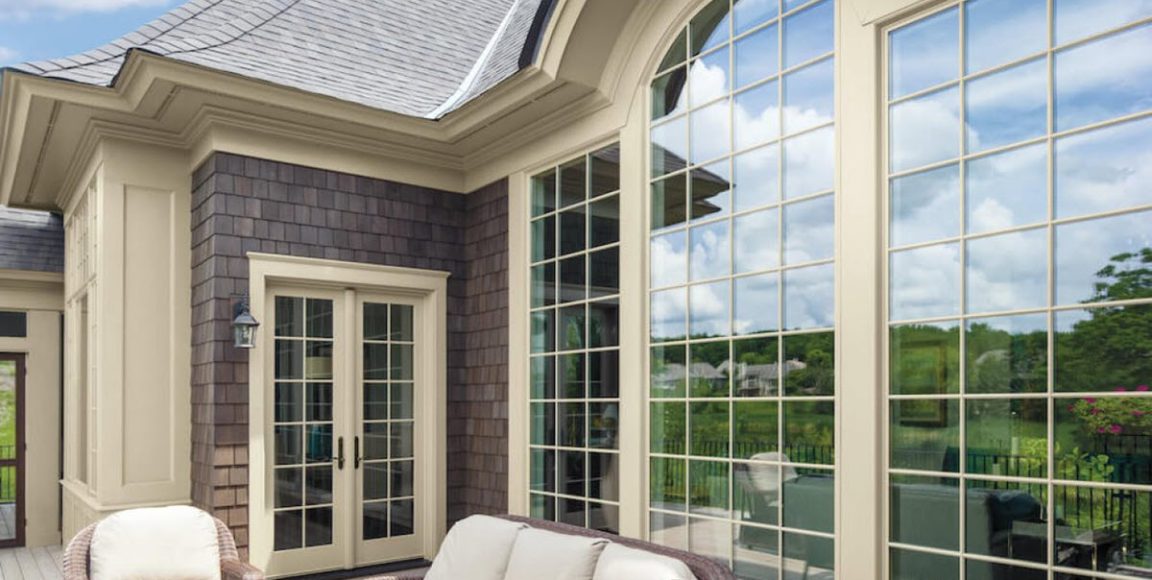Windows are an essential part of any home, providing natural light and ventilation.
However, like anything else in a house, they can wear out over time and need to be replaced. But how much should you budget for this project?
Here, we’ll dive into the average cost of replacing windows and factors that can impact the final price tag. Whether you’re renovating you forever home or just looking to update your current space, understanding window replacement costs is key to making informed decisions about your project.
So let’s get started!
Depending on the Number of Windows
The average cost of replacing windows will vary depending on the number of windows that need to be replaced. For a home with ten or more windows, the average cost per window can range from $300 to $1,200.
Thus, the average cost of replacing windows can range from as little as a few hundred dollars for a single window replacement to tens of thousands for a full set depending on the size, number, and material used.
Depending on the Window Size
The average cost of replacing a window depends on the size of the window. Smaller windows will cost less to replace than larger windows. The average cost to replace a small window is $180 to $409.
Generally, a new double-glazed window of standard size can range from $800 to $1500, while non-standard window sizes typically cost significantly more due to the cost of custom manufacturing.
Depending on the Window Frame Material
There are a few different types of windows and types of window frames to choose from when replacing your windows. The most common type of frame is made from wood, but you can also find frames made from:
- aluminum
- vinyl
- fiberglass
Depending on the material of the frame, the cost of replacement windows will vary. Wooden frames are typically the most expensive option, followed by aluminum frames.
Vinyl and fiberglass frames are usually the cheapest options. If you’re unsure which type of frame to choose, talk to a window professional to get their opinion on which would be best for your home.
Depending on Energy Efficiency
More energy-efficient windows will cost more to purchase and install, but they will also save you money on your energy bills in the long run. So, it’s important to consider both the initial cost and the long-term savings when deciding which windows to replace.
Low-e windows can cost between 10% to 15% more than a standard window and may last up to 15 years. The best option is to invest in energy efficient windows that will save you money and conserve energy. To get a better idea of these types of windows, you may look into the Renewal by Andersen home windows.
Depending on the Installation Complexity
Depending on the size and layout of your home, installing new windows can be more or less complex. If you have a large home with many windows, or if your windows are located in hard-to-reach places, the installation process will be more complex and therefore more expensive.
Generally, window replacement projects include taking out the old windows, acquiring new windows, and installation. High-end window replacements can command a higher price and require more skilled labor.
Depending on Labor Costs
The actual cost of replacing windows, depending on labor costs, varies. For windows of the same size, the labor cost is typically $40 per hour per laborer. The cost for more complex installation jobs may also affect the labor cost, primarily the ones with special hardware such as:
- grilles
- non-standard window shapes
- extensive exterior trim
Depending on Additional Features
Replacing windows can vary greatly in cost depending on additional features. Additional features include the:
- type of frame
- type of glass
- type of operator
- energy efficiency rating
The type of frame can be wood, vinyl, fiberglass, or aluminum, and this will greatly affect the cost as wood is typically the most expensive. Types of glass range from basic single pane to double and triple pane with low-E coating and argon gas insulation that increase efficiency.
Operators can include new hardware like cranks, locks, tilers, clips, or window sashes with scissor arms. Lastly, choosing a window with an ENERGY STAR rating will increase the cost, but potentially reduce future energy bills.
Let’s have an overview of some additional features that can impact the cost of replacing your windows. These include:
The Type of Glass
There are many different types of glass available, each with its benefits and drawbacks. The most common type of glass used in windows is tempered glass, which is strong and durable. However, it is also more expensive than other types of glass.
The Number of Panes
The number of panes in your window can also impact the price. Windows with multiple panes are more energy efficient, but they also tend to be more expensive.
The Type of Operator
The most common operators are manual, manual and electric, and automated. Manual operators typically require the least amount of installation time and material costs and therefore are usually the cheapest option.
Manual and electric operators require more time and labor costs as well as specialized materials, making them more expensive than manual operators. Automated operators typically require the most installation time and material costs, making them the most expensive option.
Get a Rough Overview of the Cost of Replacing Windows
The cost of replacing windows can be expensive, but it pays off with energy efficiency and home value. The first step is to get a rough estimate of the cost and decide on the type of windows you want.
Get free estimates from several companies to get the best deal on window replacement. Don’t forget to ask about warranties and discounts. Call a professional today to get started on a cost-effective window replacement project!
For more reads aside from this discussion on window styles and the cost of replacement, visit our blog.



